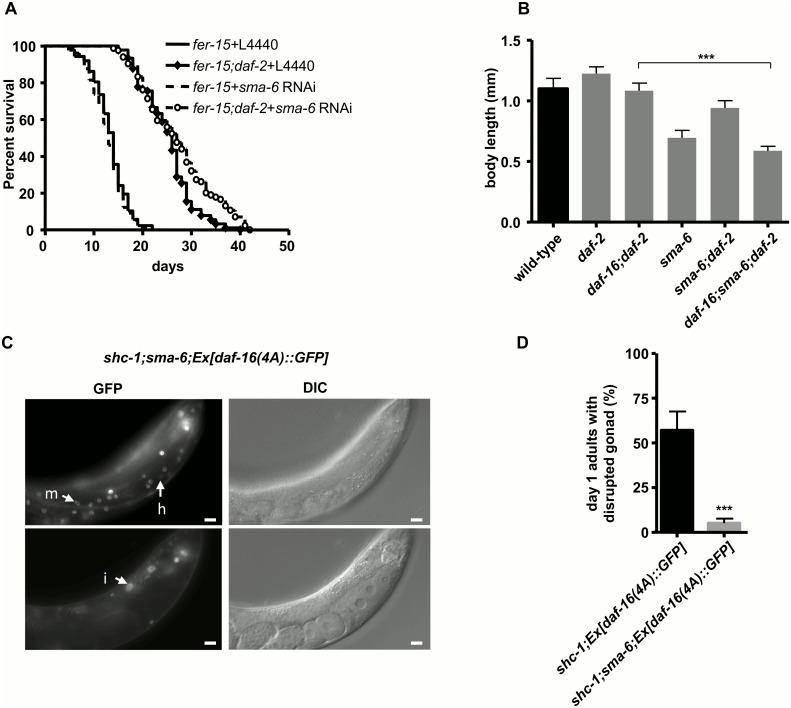Fig 2. DAF-16 and BMP signaling do not cooperate in regulation of lifespan or body size.
(A) Lifespan extension resulting from DAF-16 activation upon reduced IIS does not require SMA-6. Since sma-6 mutant animals have a strong egg-laying defect, lifespan was performed in a temperature sensitive fer-15 mutant background, in which animals become sterile at 25°C due to defective sperm formation [33]. Mean lifespan and statistical analysis are summarized in the S3 Table. (B) DAF-16 and BMP signaling regulate body size independently. Average body length are presented as mean ± SD. N2: 1.10 ± 0.09 mm (n = 17); daf-2(e1370): 1.22 ± 0.06 mm (n = 14); daf-16(mu86);daf-2(e1370): 1.08 ± 0.06 mm (n = 19); sma-6(wk7): 0.70 ± 0.06 mm (n = 15); sma-6(wk7);daf-2(e1370): 0.94 ± 0.07 mm (n = 10); daf-16(mu86);sma-6(wk7);daf-2(e1370): 0.59 ± 0.04 mm (n = 21). (C) sma-6 mutation does not affect nuclear localization of DAF-16(4A)::GFP in shc-1;Ex[daf-16(4A)::GFP] animals. Arrows: DAF-16::GFP in the hypodermal (h), the muscle (m) and intestinal nuclei (i). (D) sma-6 mutation strongly suppresses the gonadal basement membrane defect in shc-1;Ex[daf-16(4A)::GFP] animals.

